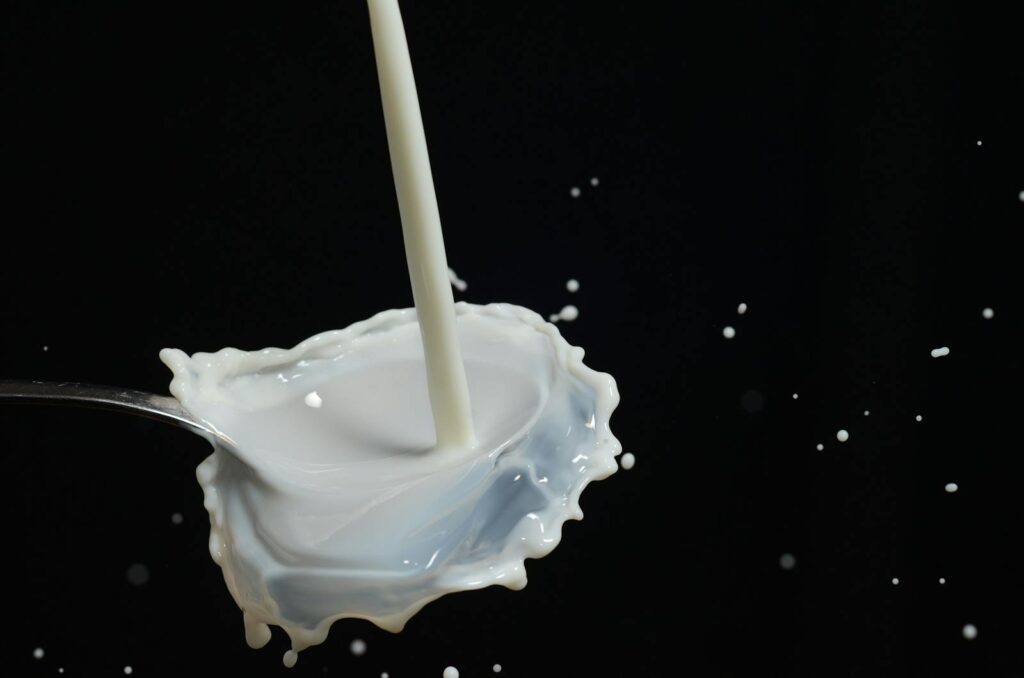In a world constantly searching for the next nutritional breakthrough, sometimes innovation comes from the most unexpected—and perhaps unwelcome—sources. Enter cockroach milk, a substance that has scientists intrigued and consumers raising eyebrows. This secretion from a specific species of cockroach has been found to contain a nutritional profile that rivals some of our most celebrated superfoods. While the idea might initially trigger revulsion, the potential benefits of this unusual substance warrant a closer look beyond our instinctive disgust. As global nutrition challenges grow and conventional food sources face sustainability issues, could this unlikely superfood offer solutions we never imagined we’d need?
What Exactly Is Cockroach Milk?
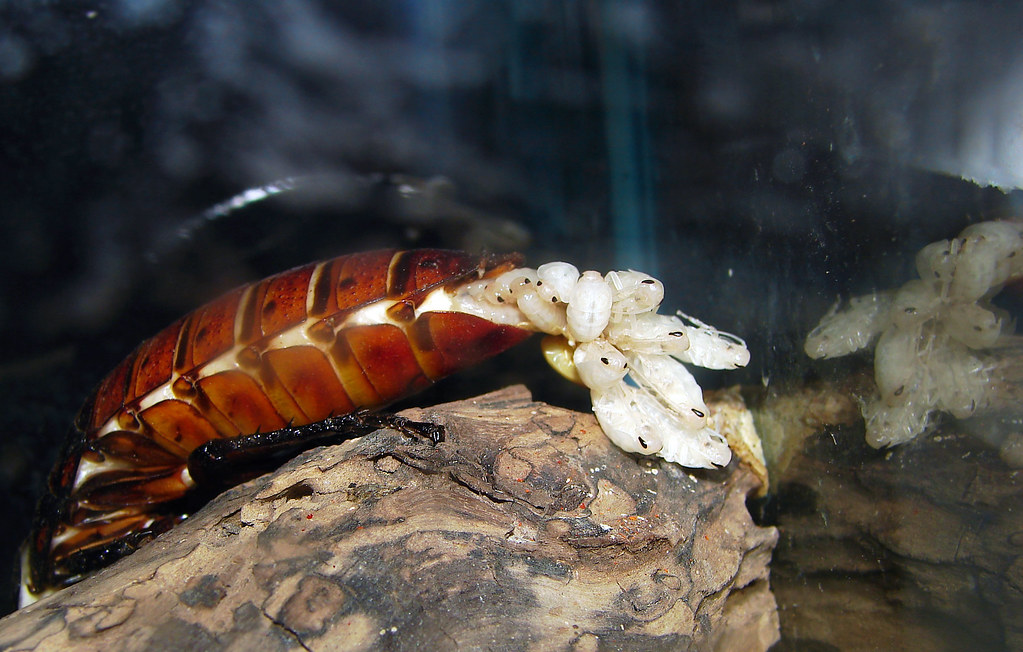
Contrary to what the name suggests, cockroach milk isn’t exactly milk in the conventional sense. This substance is actually a protein-rich crystalline secretion produced by the Pacific Beetle Cockroach (Diploptera punctata), the only known viviparous cockroach species, meaning it gives birth to live young rather than laying eggs. Female Pacific Beetle Cockroaches produce this “milk” in their brood sac to nourish their developing embryos. Unlike typical insects, these cockroaches grow inside their mother and feed on this secretion until they’re ready to be born. The crystals form from the liquid secretion and provide complete nutrition to the growing offspring. Scientists have been able to extract these crystals and analyze their composition, revealing their remarkable nutritional properties.
The Surprising Nutritional Profile
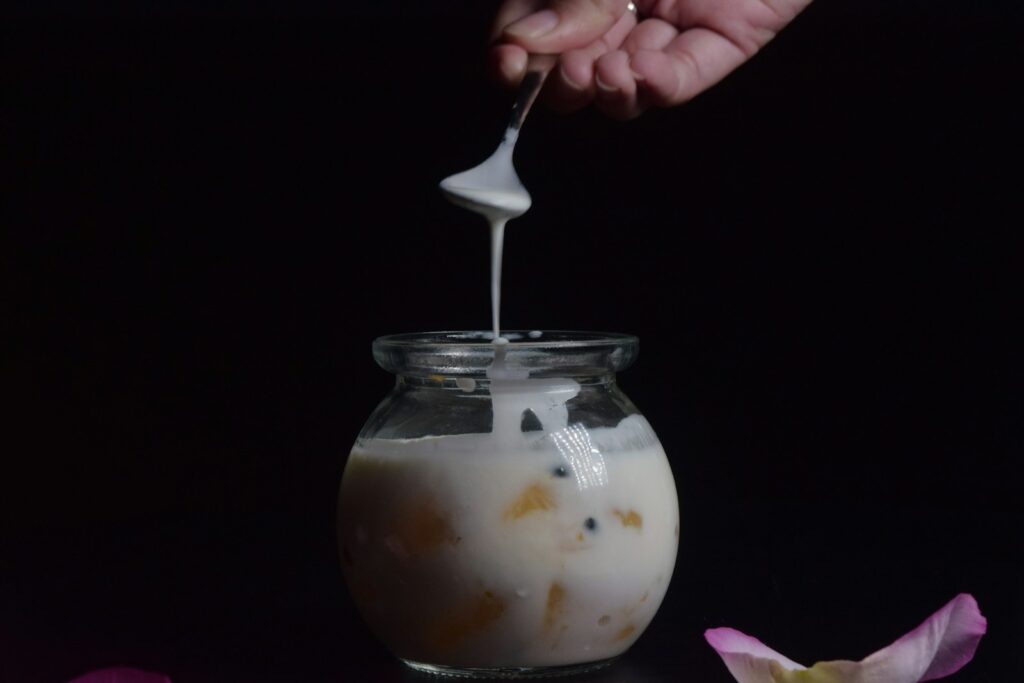
The nutritional content of cockroach milk has stunned researchers who have studied its composition. Analysis published in the International Union of Crystallography Journal revealed that these protein crystals contain three times more energy than an equivalent amount of buffalo milk, which was previously considered one of the most nutritious dairy sources available. The secretion is a complete food that contains proteins, fats, and sugars, along with essential amino acids necessary for human health. Each crystal is also packed with a high concentration of calories, making it one of the most energy-dense substances found in nature. Additionally, the milk contains important minerals that play crucial roles in human nutrition, creating what some scientists have called a “complete food” in a remarkably compact form.
The Scientific Discovery
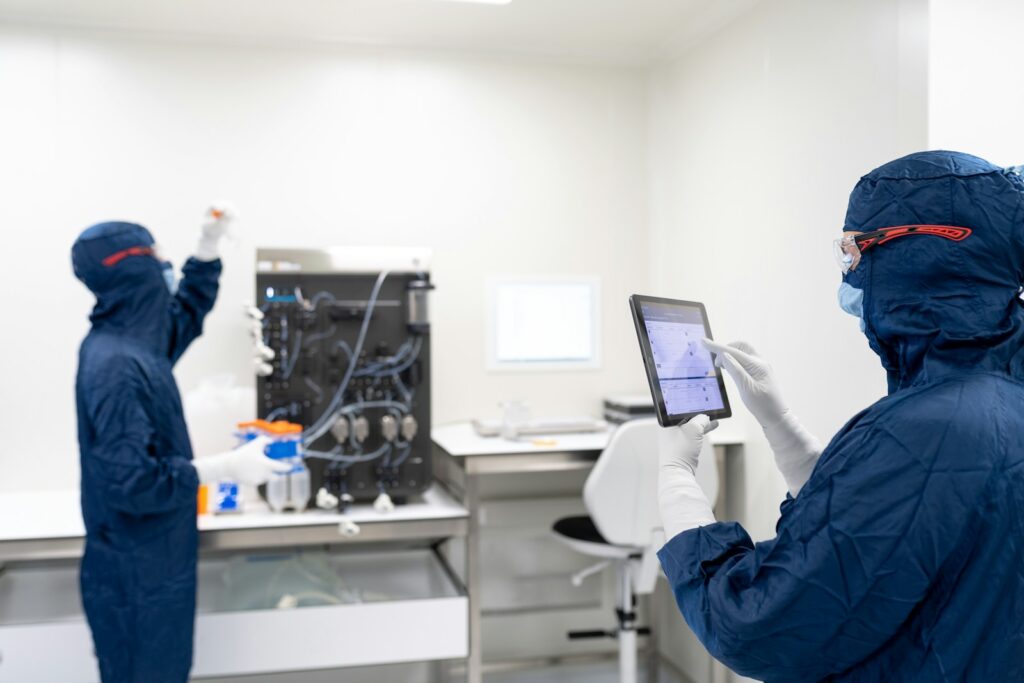
The potential of cockroach milk was first brought to public attention in 2016 when a team of researchers from the Institute for Stem Cell Biology and Regenerative Medicine in Bangalore, India, published their findings after analyzing the crystal structure of these protein crystals. The scientists were initially studying the digestive system of these cockroaches when they noticed the unusual crystals in the midgut of the embryos. Using X-ray crystallography, they determined the three-dimensional structure of these proteins and were astonished by their potential nutritional value. What made the discovery even more remarkable was the time-released property of the crystals, which appear to release protein at a consistent rate as they’re digested. This progressive release could potentially provide sustained nutrition, unlike many processed foods that cause rapid spikes in blood sugar levels.
Protein Content and Amino Acid Profile
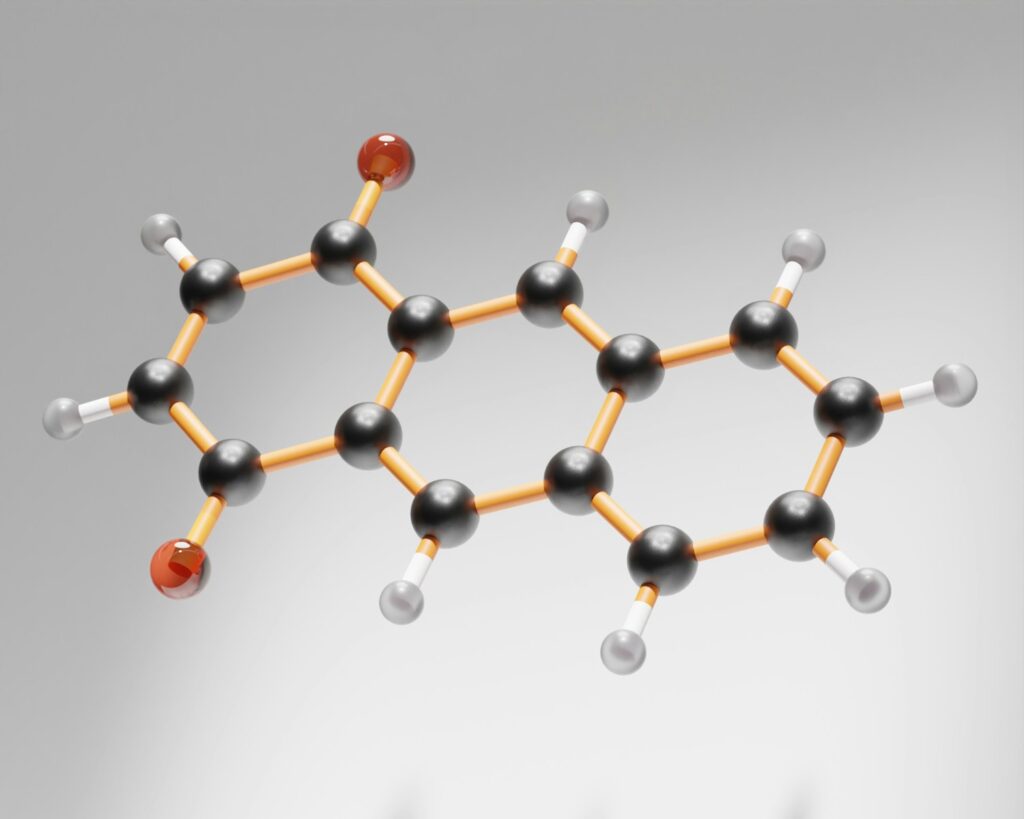
The protein content of cockroach milk is particularly noteworthy from a nutritional standpoint, containing all essential amino acids required for human nutrition. These complete proteins are crucial for numerous bodily functions including muscle building, immune system support, and cellular repair. Researchers have found that the amino acid sequence in these proteins is highly unique, with structures that allow them to pack energy-dense molecules efficiently. This specific arrangement enables the crystals to hold more energy in a smaller space than many conventional protein sources. For perspective, while whey protein (a popular supplement among athletes) contains about 80-90% protein by weight, cockroach milk crystals are not only protein-rich but also incorporate fats and sugars in their structure, creating a more complete nutritional package in a single source.
Harvesting Challenges
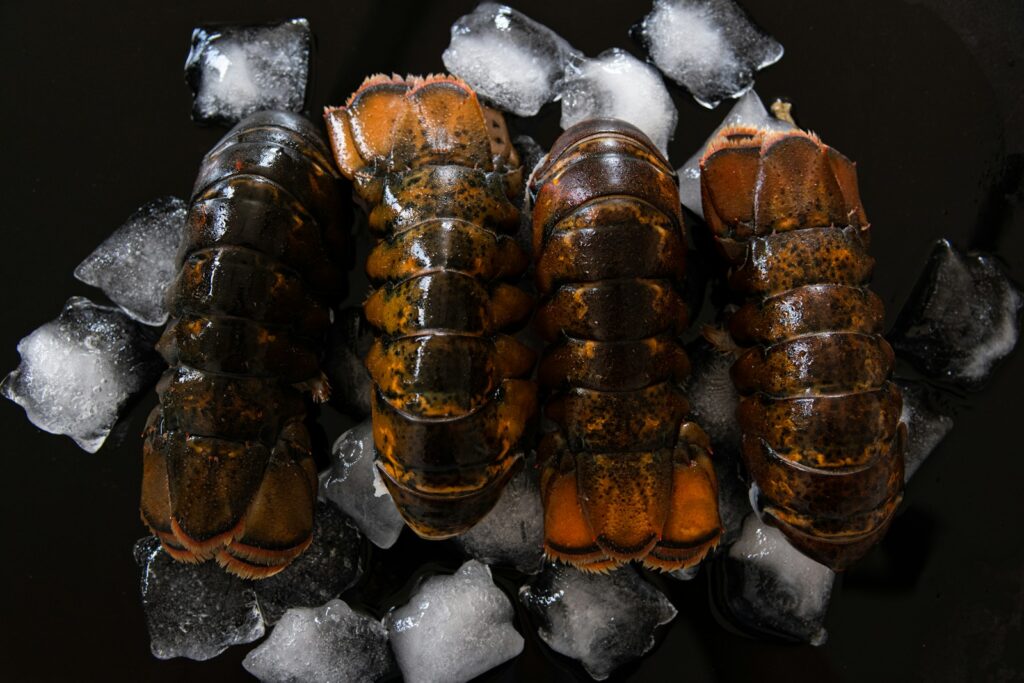
Despite its impressive nutritional profile, obtaining cockroach milk presents significant practical challenges that have limited its commercial viability. The harvesting process is incredibly labor-intensive, requiring researchers to carefully extract the tiny crystals from the midgut of cockroach embryos. To put this in perspective, researchers estimate that it would take over 1,000 cockroaches to produce just 100 grams of this substance, making it incredibly inefficient compared to conventional farming. The process cannot be mechanized easily due to the small size of the insects and the precise extraction required. Additionally, Pacific Beetle Cockroaches don’t produce the milk continuously like dairy cows; they only generate it during their reproductive cycle to feed their developing young. These harvesting limitations mean that despite its superfood status, cockroach milk remains primarily in the realm of laboratory research rather than commercial production.
Genetic Engineering and Scalability
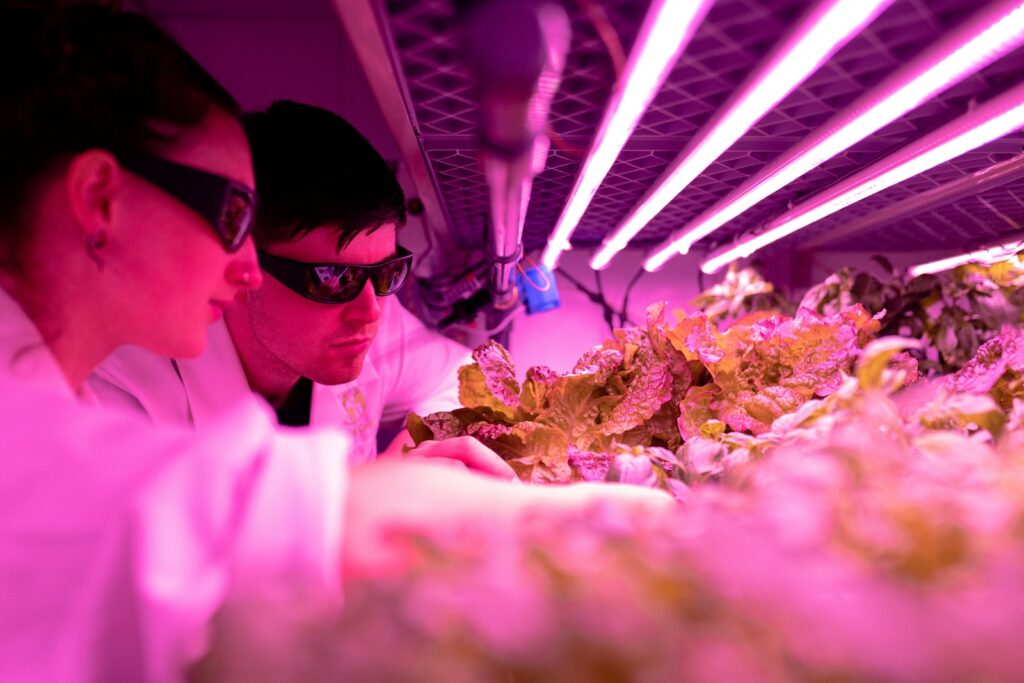
Recognizing the impracticality of harvesting milk directly from cockroaches, scientists are exploring genetic engineering as a potential solution to scalability issues. Researchers are working to isolate the genes responsible for producing these unique milk proteins with the goal of introducing them into more easily managed organisms like yeast or bacteria. This approach, similar to how insulin and other biological products are now produced, could potentially allow for large-scale production without depending on the insects themselves. Some biotech startups have already begun preliminary work on creating genetically modified organisms that can produce these proteins in bioreactors. If successful, this approach would bypass the need for insect farming altogether, making the beneficial compounds available without the “ick factor” that inevitably accompanies anything derived from cockroaches.
Potential Applications in Human Nutrition

The potential applications of cockroach milk in human nutrition extend beyond just being a novel protein source. Its complete nutritional profile makes it a candidate for addressing malnutrition in regions where access to diverse foods is limited. The time-release property of the crystals could make it valuable for athletes seeking sustained energy during endurance events. Some nutritionists have suggested it could serve as an ideal ingredient in meal replacement products for people with specific medical conditions that affect nutrient absorption. The milk’s high caloric density also makes it a potential component in emergency rations or space food, where maximum nutrition in minimal volume and weight is crucial. However, extensive safety testing and regulatory approval would be necessary before any human consumption could be recommended, regardless of how promising the nutritional analysis appears.
Environmental and Sustainability Considerations
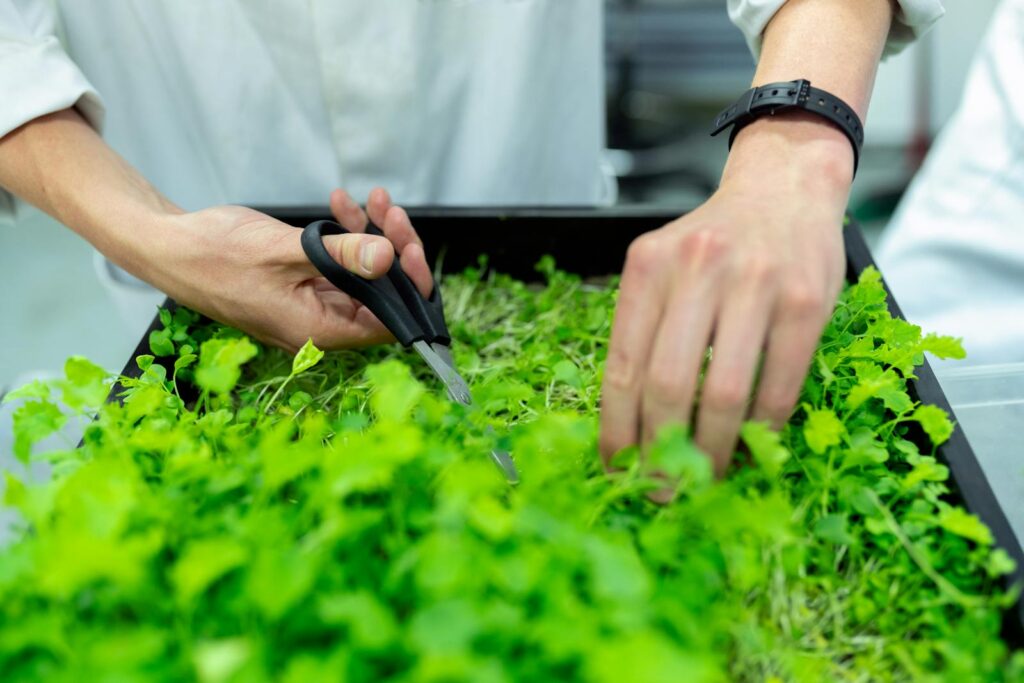
From an environmental perspective, insect-derived nutrition offers several advantages over conventional livestock farming. Insects generally require significantly less land, water, and feed to produce comparable amounts of protein. They also produce fewer greenhouse gases than traditional livestock and can be raised on organic waste products, potentially creating a circular food economy. Cockroaches in particular are among the most efficient converters of food to body mass in the animal kingdom, with feed conversion ratios far superior to cattle, pigs, or chickens. If the genetic engineering approach proves successful, the environmental benefits could be even greater, as bioreactor production would further reduce the resources needed. These sustainability factors have contributed to the interest in cockroach milk and other insect-derived foods as potential solutions to the environmental challenges of feeding a growing global population.
Cultural Barriers and Consumer Acceptance

Perhaps the greatest hurdle facing cockroach milk isn’t scientific or practical, but psychological and cultural. Western societies in particular have strong cultural aversions to insects as food sources, viewing them primarily as pests rather than nutrition. The “disgust factor” associated with cockroaches specifically is particularly pronounced, as they’re commonly associated with unsanitary conditions. Marketing studies suggest that even when presented with information about nutritional benefits, many consumers remain unwilling to consider insect-derived foods. Rebranding efforts that focus on the isolated proteins rather than their source might help overcome these barriers, similar to how ingredients like carmine (derived from beetles) are commonly accepted when listed under technical names. Educational campaigns highlighting the environmental benefits and nutritional value may gradually shift perceptions, but widespread acceptance would likely require generational change in attitudes toward novel food sources.
Regulatory Status and Food Safety

The regulatory pathway for cockroach milk as a food ingredient remains largely undeveloped in most countries. Food safety authorities would need to evaluate not just the nutritional content but also potential allergenicity, toxicity, and microbiological safety before approving it for human consumption. Insects and their derivatives fall into regulatory gray areas in many jurisdictions, with some countries classifying them as novel foods requiring extensive safety assessment. The European Food Safety Authority has developed frameworks for evaluating insect-based foods, but specific guidance on insect secretions like cockroach milk is still evolving. Concerns about potential contaminants or pathogens would need to be addressed through rigorous testing protocols. Additionally, proper labeling requirements would need to be established to ensure consumers are fully informed about what they’re consuming, particularly given the potential for allergic reactions in people with known sensitivities to arthropods.
Comparison to Other Emerging Superfoods
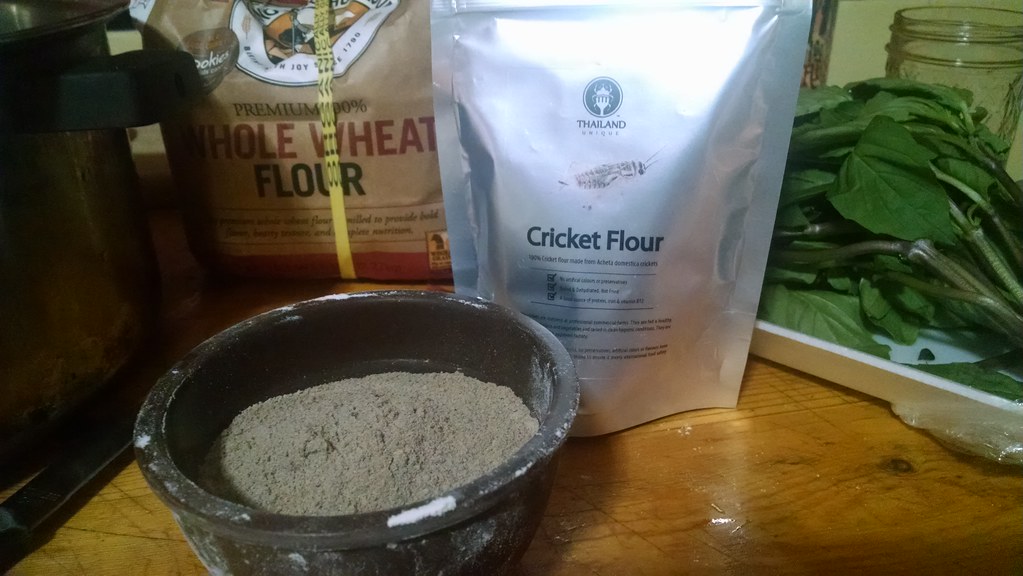
Cockroach milk joins a growing category of unconventional protein sources being explored as future foods, including algae, lab-grown meat, and other insect-derived products. Compared to cricket flour, another insect protein that has gained some market traction, cockroach milk offers a more complete nutritional profile but faces much greater harvesting challenges. When measured against plant-based superfoods like spirulina or moringa, cockroach milk provides more complete protein but lacks the fiber and phytonutrients found in plant sources. Alternative animal proteins like lab-grown meat may eventually offer similar nutritional benefits without the psychological barriers, but currently face their own scalability and cost challenges. Each of these emerging food technologies represents different approaches to the same fundamental challenge: finding sustainable ways to nourish a growing population with limited planetary resources.
Current Research and Future Directions
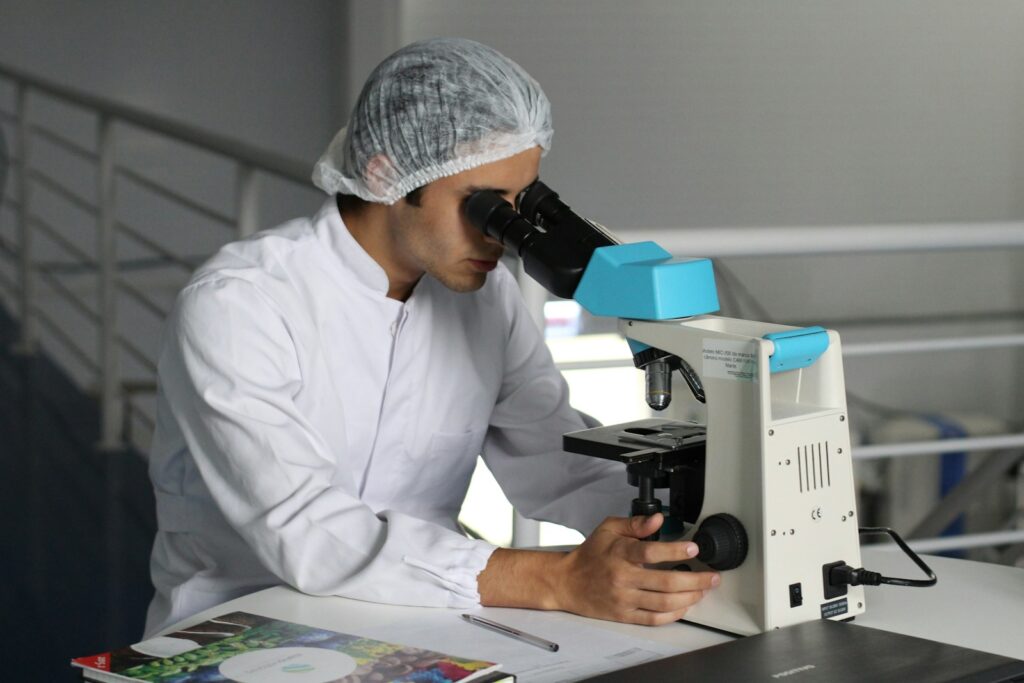
Research on cockroach milk continues to evolve, with several laboratories worldwide investigating both its nutritional applications and the molecular mechanisms behind its unique properties. Some scientists are studying the crystal structure to understand how such energy-dense packages form naturally, with potential applications in designing better nutrient delivery systems for medications or supplements. Others are focusing on identifying specific bioactive compounds within the milk that might have applications beyond basic nutrition, such as immune-enhancing properties or growth factors. The gene sequencing of the proteins has opened doors for biotechnology applications beyond just food, including potential medical uses. As research tools become more sophisticated, scientists anticipate discovering more about how these unique proteins function and how their benefits might be harnessed through bioengineering rather than direct harvesting from insects.
Conclusion: A Superfood Ahead of Its Time?
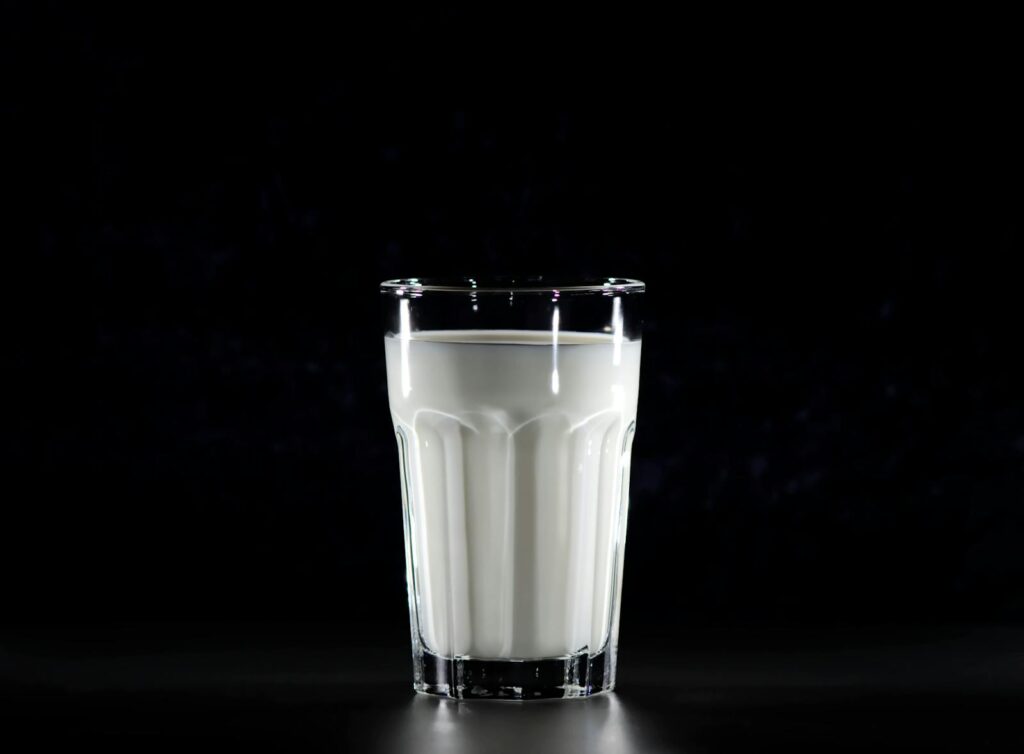
Cockroach milk represents a fascinating intersection of cutting-edge nutritional science and the psychological barriers that influence our food choices. Its impressive nutritional profile makes it theoretically valuable, particularly in a world facing growing food security challenges. However, the practical limitations of harvesting, combined with profound cultural resistance, suggest that cockroach milk in its natural form is unlikely to become a mainstream food source in the immediate future. The more promising path forward appears to be through biotechnology, where the beneficial compounds could be produced without direct involvement of the insects. Whether as a laboratory curiosity or a glimpse into future food technologies, cockroach milk reminds us that solutions to human challenges often come from unexpected sources. Perhaps its greatest value lies not in what it can feed us today, but in how it expands our thinking about what constitutes food and nutrition for tomorrow.

